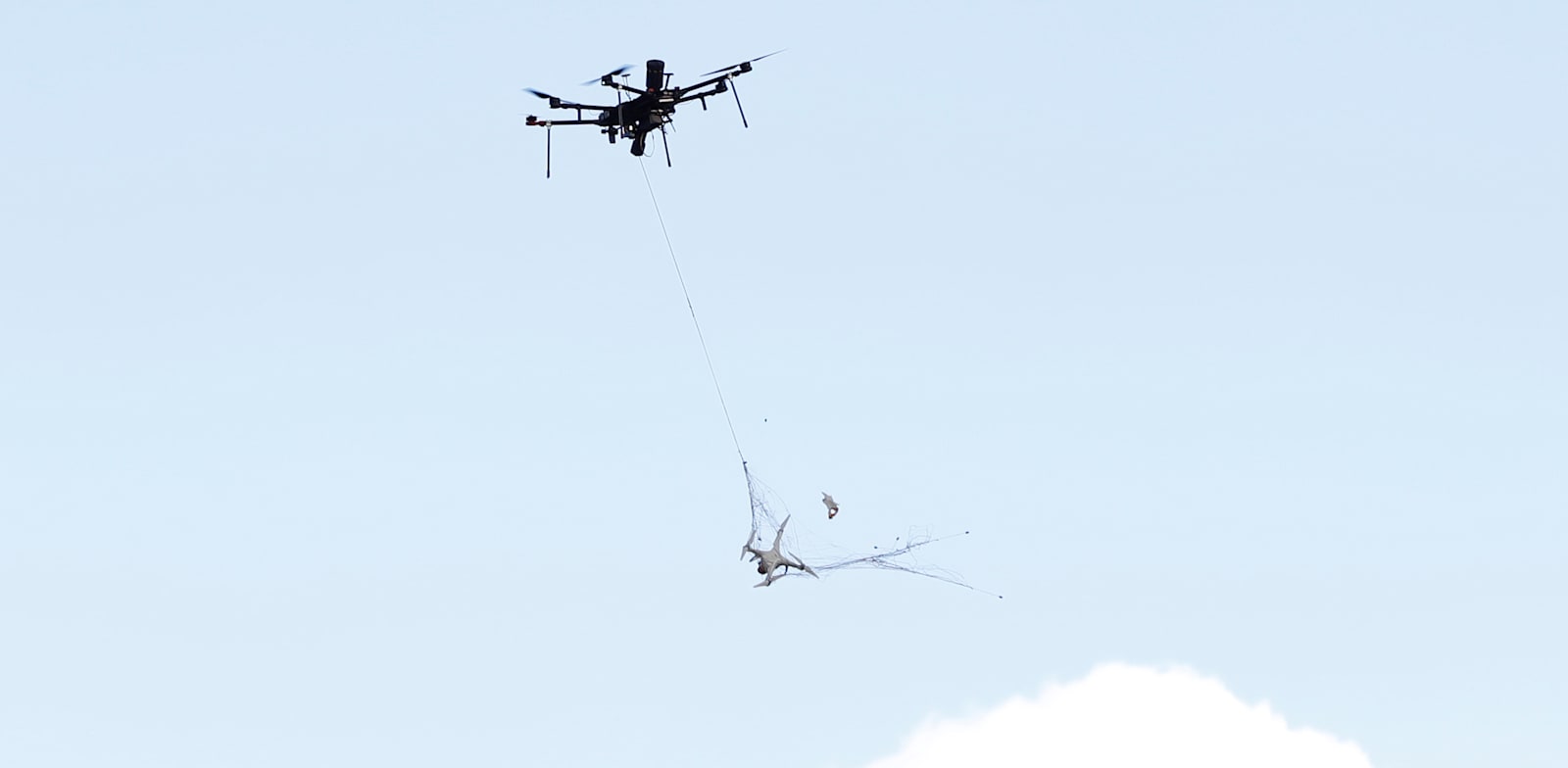In response to the increasing number of aircraft in Ukraine’s possession, Russia has launched a new UAV interception system called “Netcomet”. The system is designed to target drones, particularly those made by Chinese manufacturers which are known for their affordability and versatility. These drones come equipped with high-quality cameras and can carry loads, making them useful for various purposes including reconnaissance and delivery. However, they also have the potential to be turned into suicide UAVs in some situations.
The “Netcomet” system is unique in that it can be attached to any drone, allowing for mid-air interception of enemy drones. Other countries such as Japan and the United Kingdom also use UAV interception systems for security purposes. In the UK, both military and civilian capabilities are employed using nets to capture drones. Japan uses similar systems to secure public events and critical infrastructure.
Israel is currently working on re-implementing Vulcan cannons for intercepting UAVs, recognizing the security and economic benefits of this approach. The Vulcan cannon, also known as a racket in Israel, is based on a Gatling machine gun and was previously used in anti-aircraft systems mounted on APCs. Market sources indicate that using Vulcan for intercepting UAVs can be more cost-effective than other interception methods, with a significantly lower cost per interception compared to systems like Iron Dome.
However, it is important to approach drone interception with caution. Factors such as friendly drone identification and unintended consequences must be considered when implementing such systems. Implementing a thoughtful approach to drone interception can enhance security measures and provide more efficient ways to deal with the growing presence of drones in military and civilian airspace.



